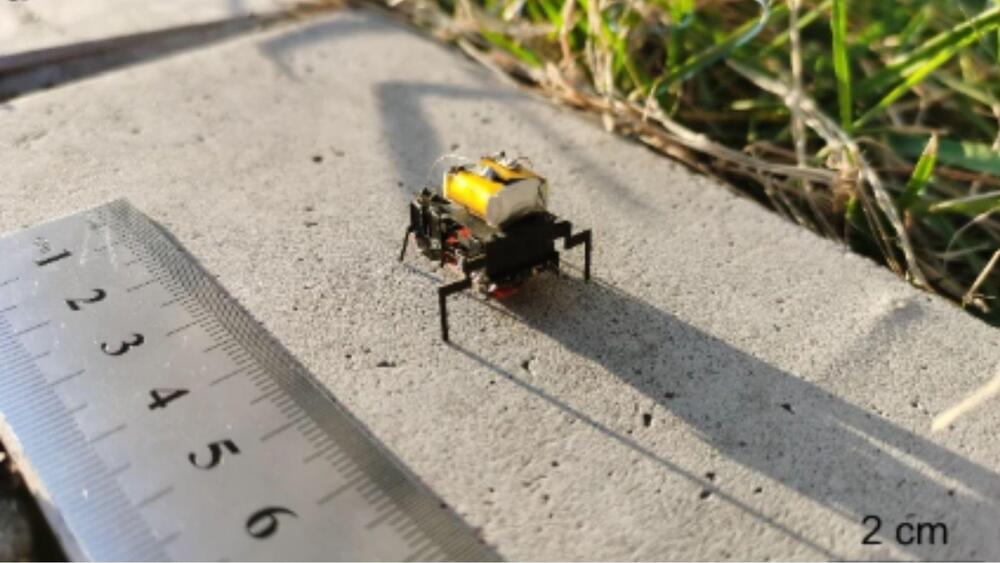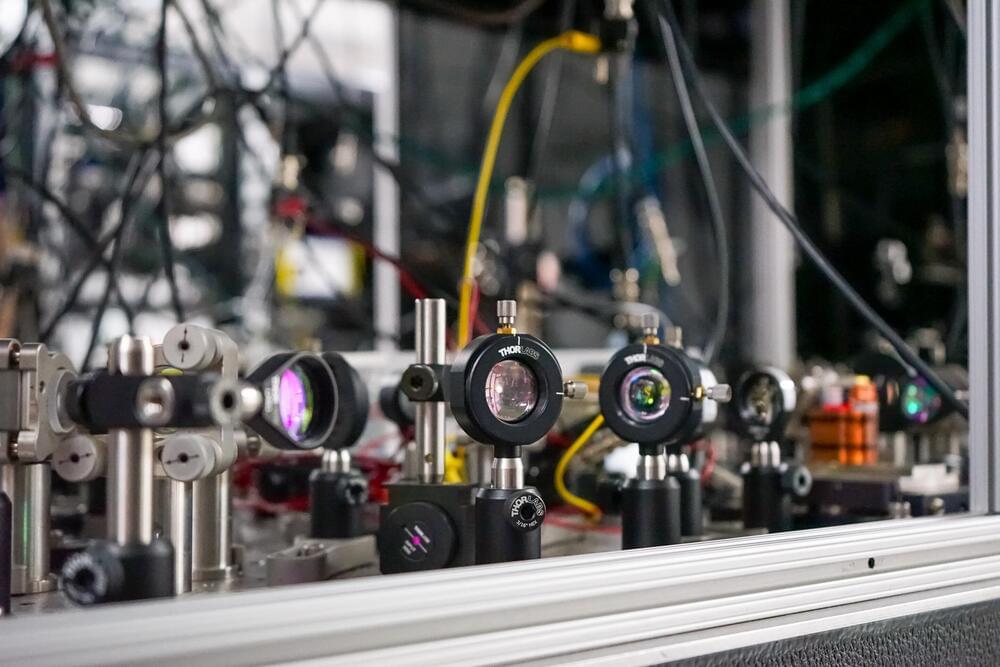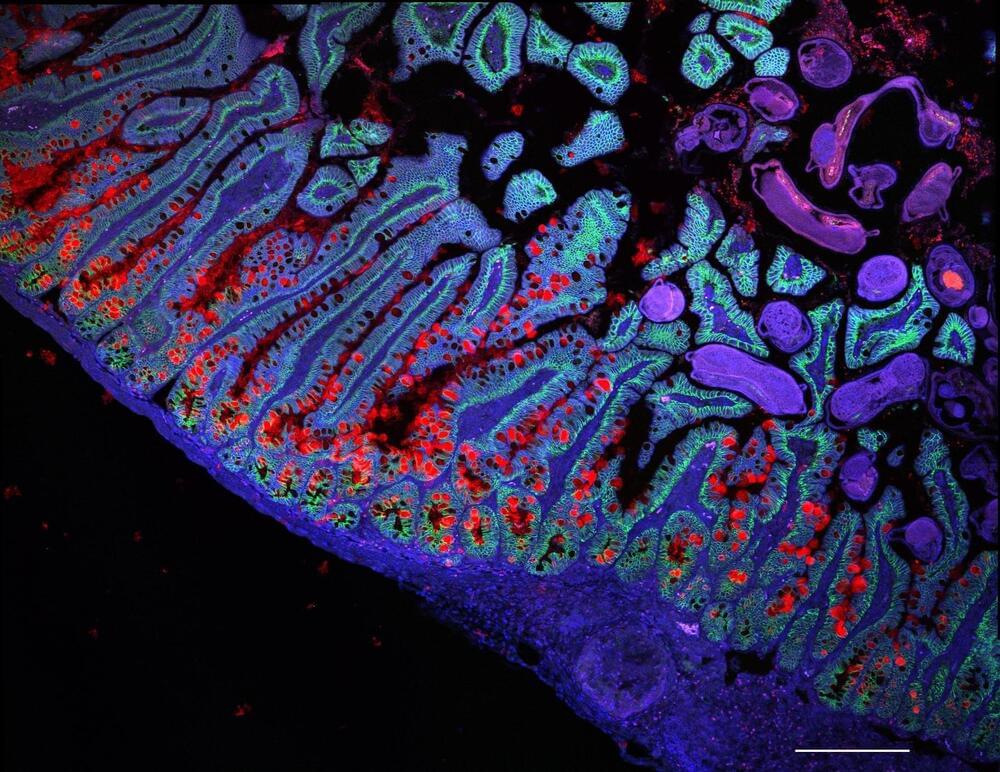The quarks that make up the nuclei of all atoms around us are known to “mix”: the different types of quark occasionally change into one another. The amounts in which these processes happen are not very well known, though—and the theoretical values don’t even add up to 100%. UvA-IoP physicist Jordy de Vries and colleagues from Los Alamos, Seattle, and Bern have now published work that takes a step towards solving these mysteries.
All good things come in threes. The Standard Model of particle physics takes this motto to heart: it contains three so-called generations of elementary particles. Take the quarks as an example. In addition to the pair of quark types known as “up” and “down,” which make up the core of atomic nuclei, there exist two additional quark pairs: “charm” and “strange,” as well as “top” and “bottom.” Together, these six types of quarks are known as the six quark flavors.
The Standard Model predicts that one quark flavor can transmute into another, a phenomenon called quark mixing, but the model does not predict how often different transmutations happen. In fact, the current state-of-the-art analysis indicates that something is afoot: the probabilities of all mixings do not add up to 100%. What is going on? Could this be a signal of new physics outside of the Standard Model?








